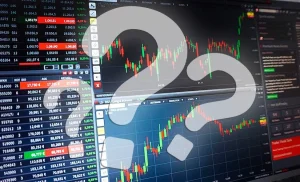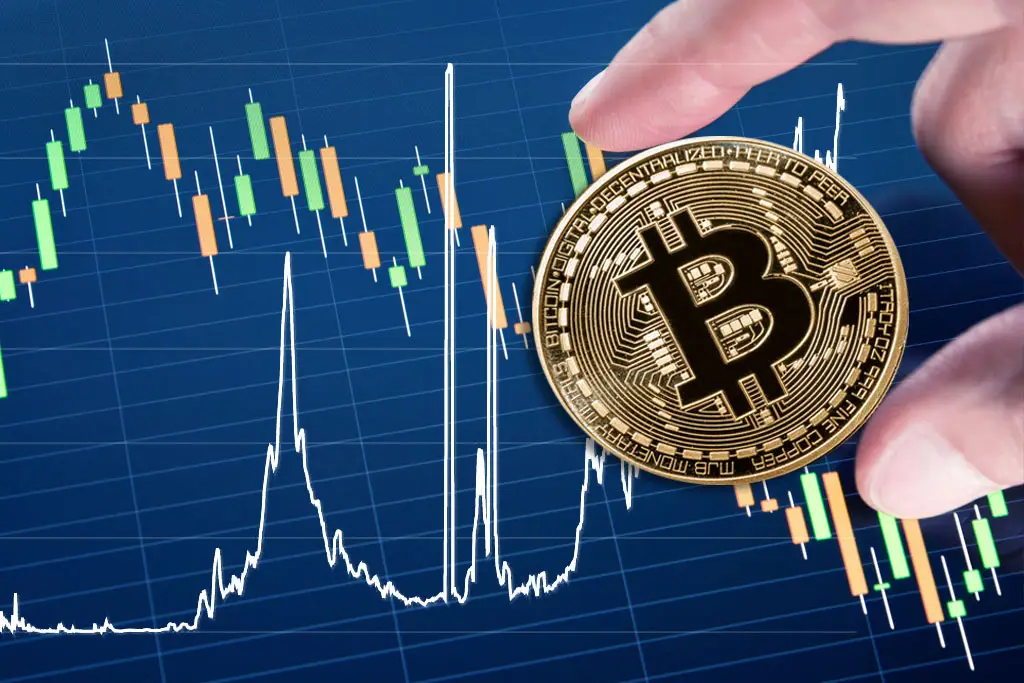Cryptocurrency trading has become an integral part of the modern financial system and a key component of the global digital marketplace. Central to this process are centralized and decentralized exchanges that provide users with access to cryptocurrencies, as well as investment and trading opportunities. Each of them fulfills its own unique role and offers specific features and capabilities.
What are centralized and decentralized exchanges?
The main principle of cryptocurrency platforms is to simplify access to and trading of digital assets. Centralized and decentralized exchanges use different approaches to achieve these goals. Some offer centralized management, which ensures high levels of liquidity and ease of use. Others create the conditions for decentralized trading, where all transactions take place without intermediaries.

Advantages and disadvantages of centralized and decentralized exchanges
 To choose the right platform for trading cryptocurrencies, it is necessary to understand the strengths and weaknesses of each model. Centralized and decentralized exchanges offer different features: some focus on convenience and scalability, while others focus on security and decentralization. Let’s analyze the pros and cons.
To choose the right platform for trading cryptocurrencies, it is necessary to understand the strengths and weaknesses of each model. Centralized and decentralized exchanges offer different features: some focus on convenience and scalability, while others focus on security and decentralization. Let’s analyze the pros and cons.
Advantages of centralized exchanges:
- High liquidity and stable trading. Centralized platforms such as Binance and Kraken handle billions of dollars in trading volume every day. Here, users can quickly exchange large amounts, without seeing prices suddenly rise. For example, Binance’s daily trading volume can exceed $70 billion.
- Wide range of tools. The platforms offer access to margin trading, futures, staking, and lending. These features are especially useful for professional traders who work with large portfolios.
- Technical support and access recovery. Platform users can restore access to their accounts through support, which is not possible with decentralized solutions. For example, Kraken helps you recover accounts based on the documents you provide, minimizing the risk of losing money due to mistakes.
- Low fees for large amounts. Centralized exchanges charge lower fees than decentralized exchanges for high trading volumes. Binance users who hold BNB tokens get an additional discount, bringing the fee down to 0.02%.
Flaws:
- Risks of hacker attacks. Mt. Gox has lost millions of dollars due to hacker attacks. This risk persists despite security improvements. In 2021 alone, the Liquid exchange hack resulted in a loss of $90 million.
- Legal restrictions. Centralized exchanges are subject to local laws and may restrict access to citizens of certain countries. In 2021, Binance restricted access to users in China due to legal changes.
- Storing funds in third-party wallets. Users lose full control of their assets when they transfer them to the platform for safekeeping. This happened at QuadrigaCX, where customers lost access to $190 million.
Advantages of decentralized exchanges:
- Control over funds. Here, users store assets in their wallets. For example, Uniswap and PancakeSwap operate via Web3 devices such as MetaMask, eliminating the risk of funds being lost due to third-party actions.
- Transparency and independence. All transactions are recorded on the blockchain and are available for verification. This prevents manipulation of liquidity or trading volume.
- Unlimited access. Unlike centralized exchanges, decentralized exchanges do not require registration or KYC (Know Your Customer) compliance, meaning you can trade cryptocurrencies anonymously.
- There is no single source of error. By working with smart contracts, platforms are less vulnerable to attacks. For example, Uniswap continues to function even if the developers’ servers are completely unreachable.
Flaws:
- High fees due to network congestion. On the Ethereum network, the average transaction fee on Uniswap during peak demand periods in 2021 was between $50 and $100.
- Limited liquidity for rare assets. The platform’s liquidity depends on the contributions of participants to the pools. This makes trading rare tokens difficult and leads to large price fluctuations.
- Difficulty for inexperienced users. Errors in addresses or settings can lead to loss of funds.
- Lack of support. It is virtually impossible to return a wrongly sent token, as all operations are irreversible.
How to choose a cryptocurrency trading platform?
Centralized and decentralized exchanges offer traders different conditions. To make a decision, you need to consider a number of factors.
1. Asset security
Centralized exchanges offer several layers of protection:
- Two-factor authentication (2FA). Increases account security by adding an extra layer of verification.
- Cold storage of funds. Coinbase, for example, stores 98% of its customers’ funds in offline wallets, making them inaccessible to hackers.
- Regular security checks. Binance conducts internal audits and works with external experts to prevent data breaches.
2. Transaction fees
The amount of the commission depends on the exchange rate:
- Centralized platforms. Binance charges a standard fee of 0.1% per transaction. Using the BNB token reduces the fee to 0.075%. Kraken and Coinbase charge fees ranging from 0.16% to 0.26%, depending on trading volume.
- Decentralized exchange. The fees depend directly on the load on the blockchain. On the Ethereum network, the cost of a single transaction can range from $20 to $100 during peak hours.
3. Liquidity
High liquidity on centralized exchanges ensures fast order execution, while on decentralized exchanges it depends on the pools created by users. For rare tokens, trading can be accompanied by significant price fluctuations.
4. Available tools and features
While decentralized exchanges focus on token swaps and participation in liquidity pools, centralized platforms offer a wide range of tools:
- Margin trading. Binance and Kraken offer up to 10x leverage.
- Futures and options. They serve to hedge risks and increase profits.
- Participation and loans. The ability to earn money by storing cryptocurrencies on the exchange. 5. Scope of User Support
Centralized platforms provide access to training materials, 24/7 support, and account recovery features. Coinbase provides step-by-step instructions and a customer service hotline. There is no support on decentralized platforms. Users are fully responsible for their actions.

Conclusion
 Centralized and decentralized exchanges are two different approaches to interacting with cryptocurrencies. Some offer comfort and support, others freedom and control. By combining solutions, you can minimize risk and operate effectively in the market. By analyzing the features of the platforms and thinking about your goals, you can choose the optimal strategy for successful trading.
Centralized and decentralized exchanges are two different approaches to interacting with cryptocurrencies. Some offer comfort and support, others freedom and control. By combining solutions, you can minimize risk and operate effectively in the market. By analyzing the features of the platforms and thinking about your goals, you can choose the optimal strategy for successful trading.
 en
en  de
de  ar
ar  es
es  nl
nl  hi
hi  fr
fr  it
it  pt
pt  el
el 









